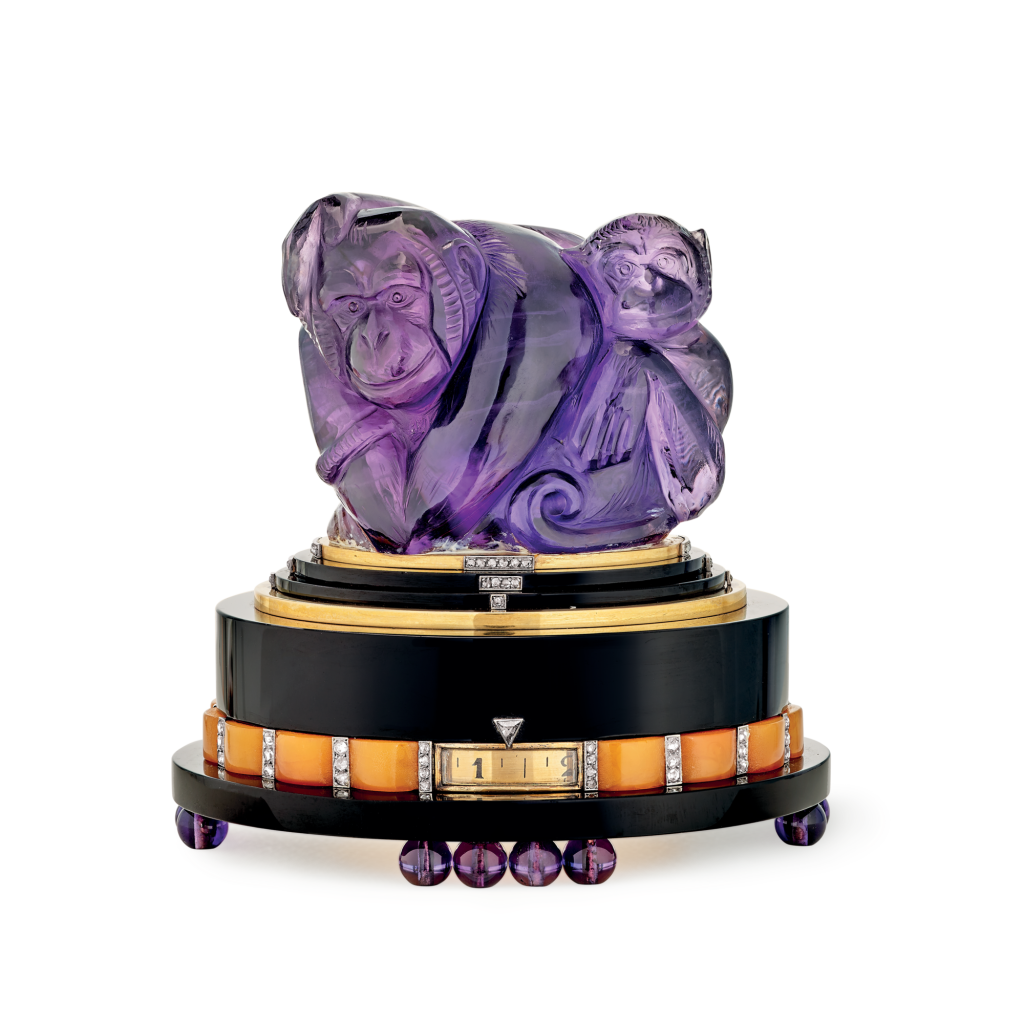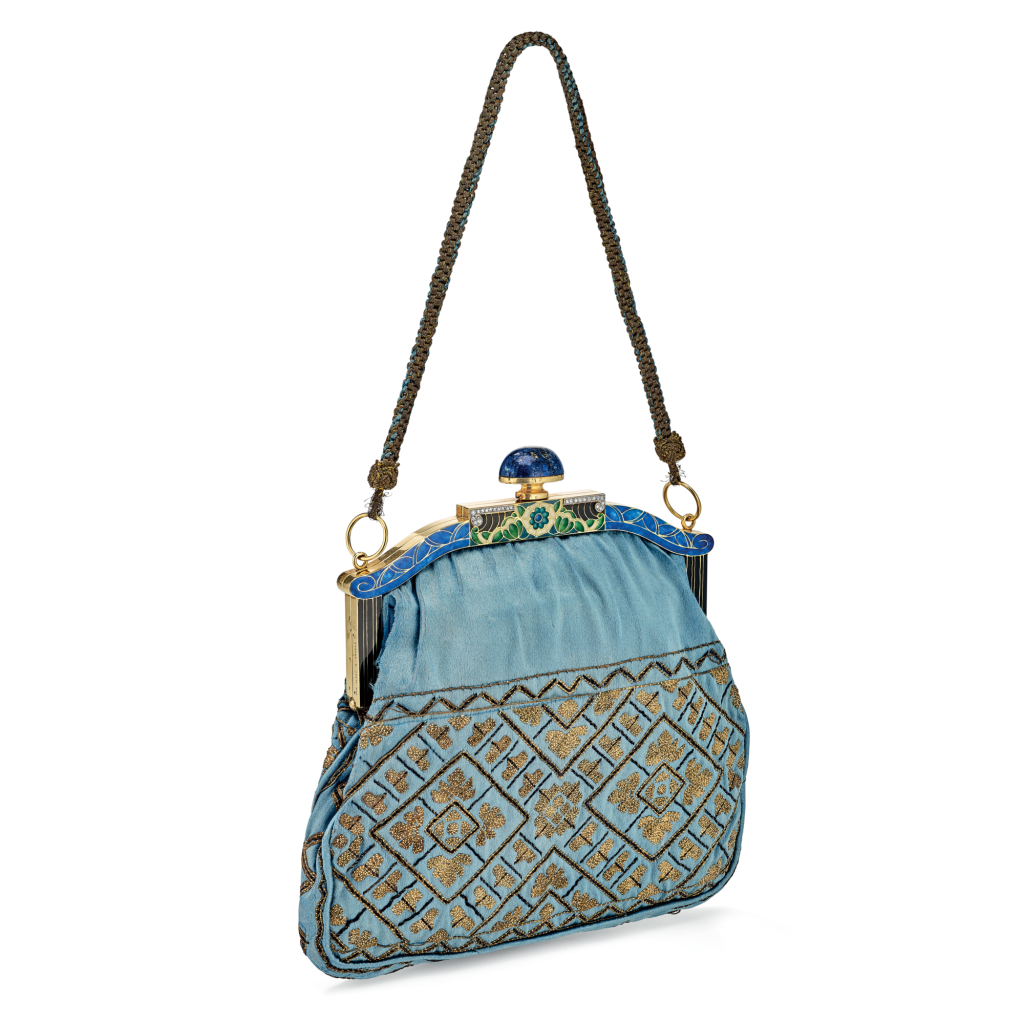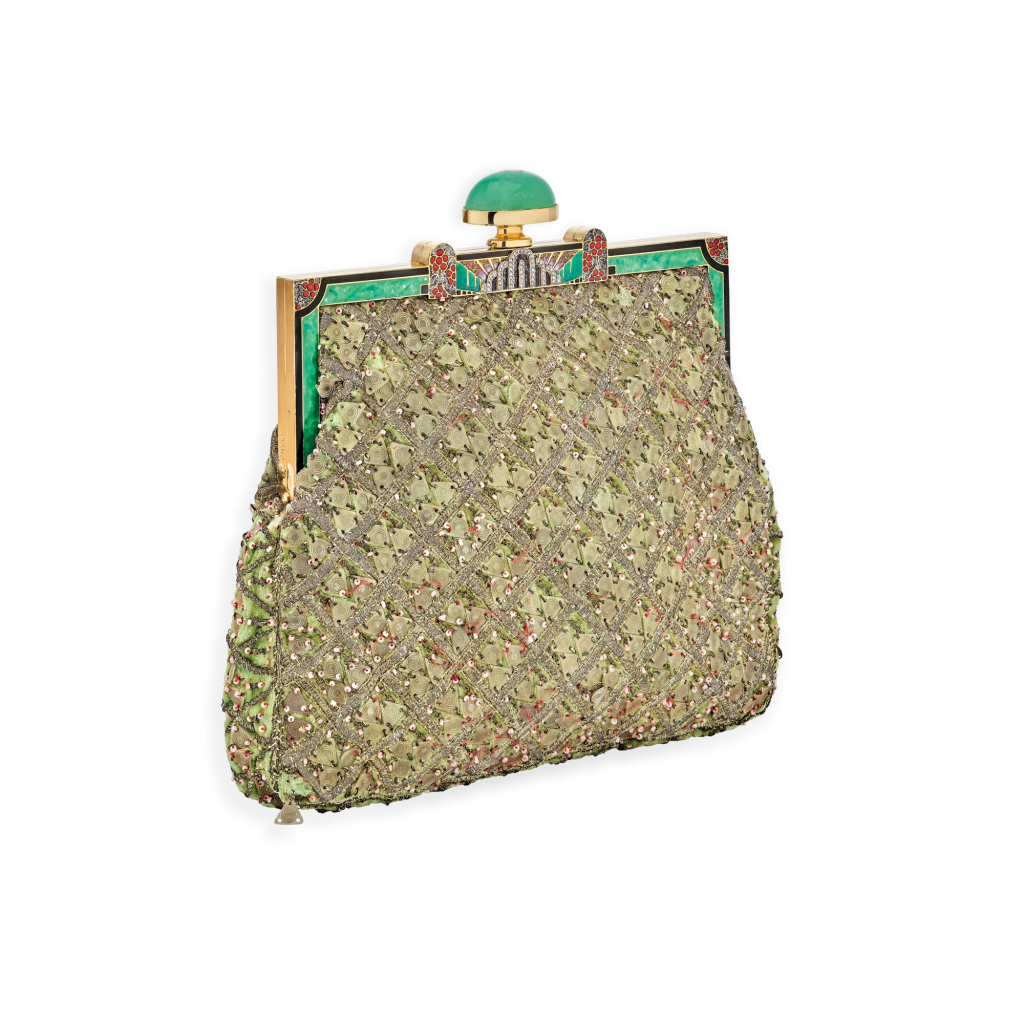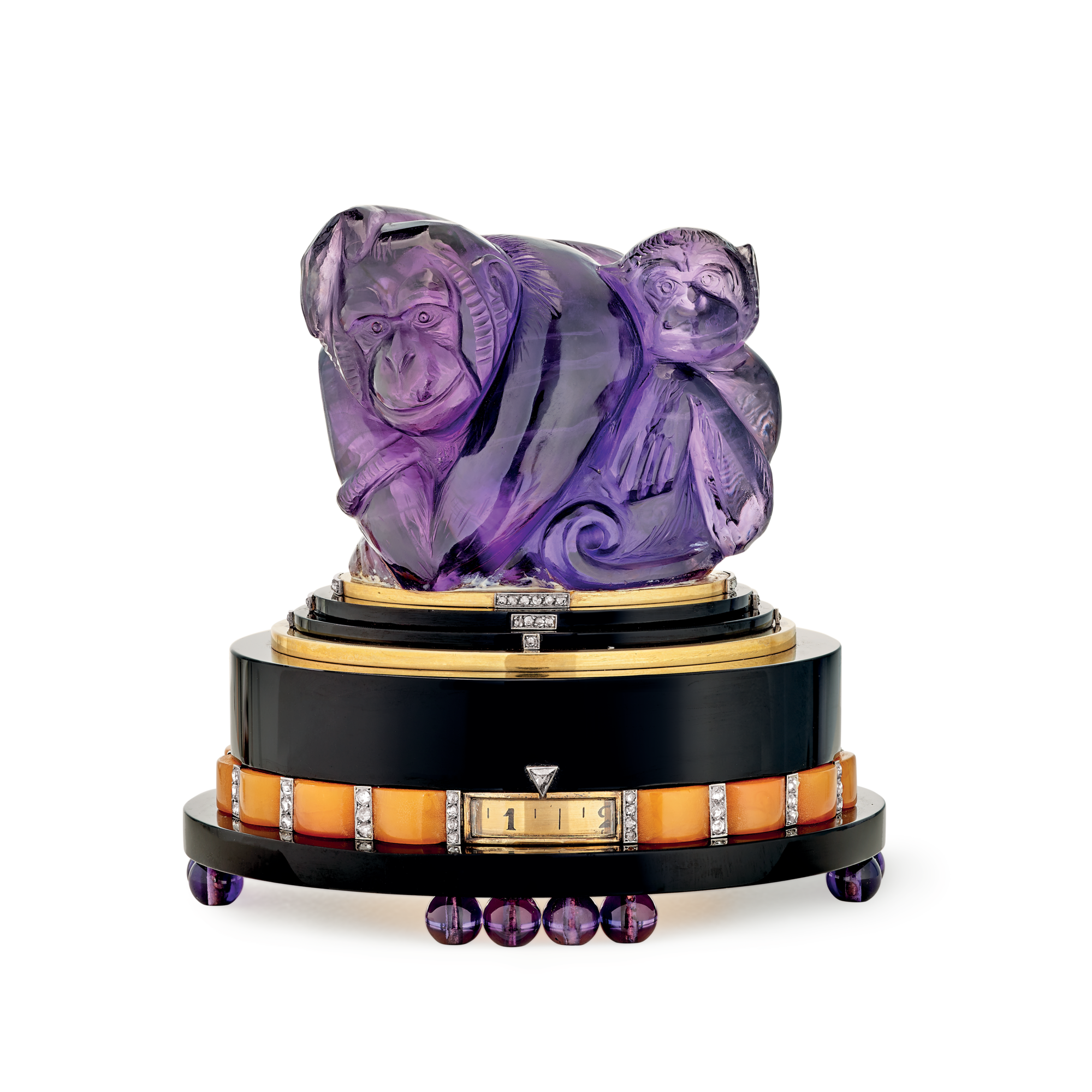
Clock


Creation details
- Creation year 1926
- Stone Amber
- Stone Amethyst
- Stone Diamond
- Stone Onyx
- Material Gold
- Material Platinum
- Usage Watch
- Dimensions 105 × 95 × 80 mm
This clock is both a timepiece and a sculpture, and exemplifies the creativity and changed perception of animal art during the Art Deco period. It is composed of a block of carved amethyst featuring a monkey and its baby resting on a circular stepped plinth of onyx and yellow gold, with groups of small amethyst balls for feet.
A rectangular opening in the base displays the time on a yellow gold turntable marked with black enamel numbers. A gadroon frieze of amber and diamonds mounted on platinum encircles the base either side of the dial. The modeling of the two monkeys is perfectly rendered thanks to the polish of the stone, while the anatomical details, like the fur, are plainly depicted, carved, and engraved. The tenderness of the animals’ gestures and posture match the expressiveness of their faces.
The depiction of animals in Art Deco
While geometric abstraction prevailed, the depiction of animals nonetheless enjoyed a golden age at the height of the Art Deco movement. In 1913, it established its pedigree with the foundation of the Société des artistes animaliers (Society of Wildlife Artists), active until 1931. Many artists distinguished themselves with this genre, including Paul Jouve with his paintings of sculpturally rendered wild animals. In the decorative arts, Jean Dunand brought his lacquer panels to life with a veritable jungle of panthers, cobras, tigers, elephants, and marabou storks.
The Mystery Clock Bear
In addition to this clock, Van Cleef & Arpels produced other animal creations, including a mysterious clock dating from 1930 with its dial balanced on top of a polar bear lying on its back. The profile of the animal, carved from white jade, displays an even more emphatic stylization akin to the work of contemporary artists. In 1928, for example, François Pompon’s Polar Bear already captured the essence of the animal’s silhouette with its smooth volumes devoid of all “frills,” as the sculptor remarked.
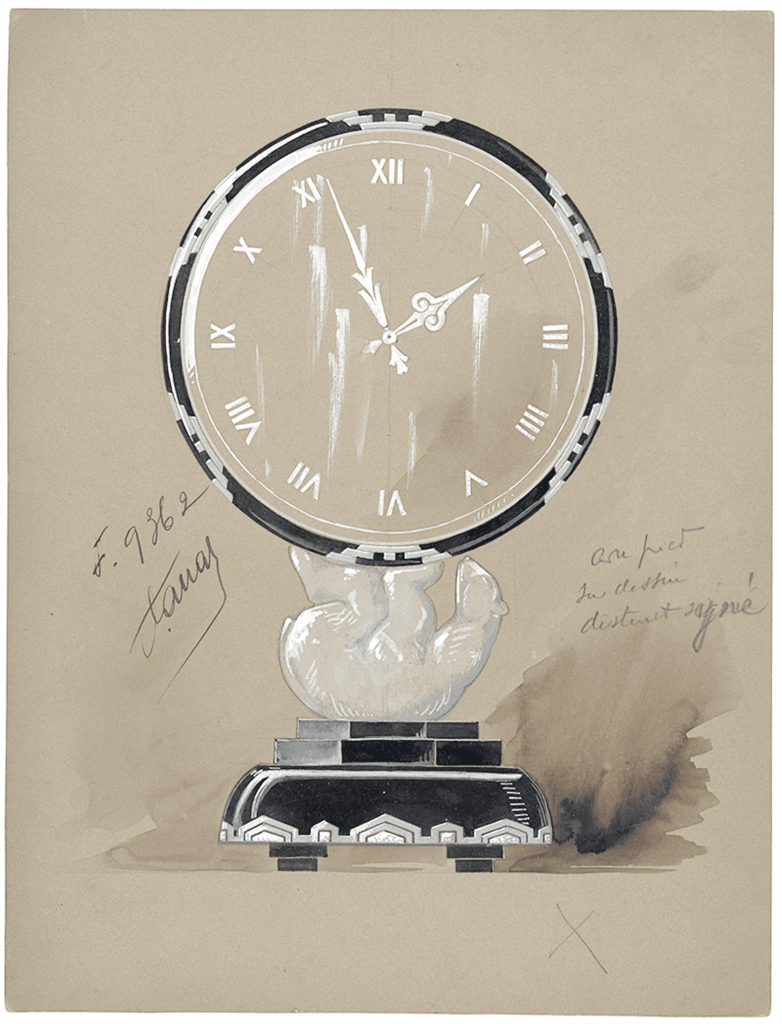
To go deeper
